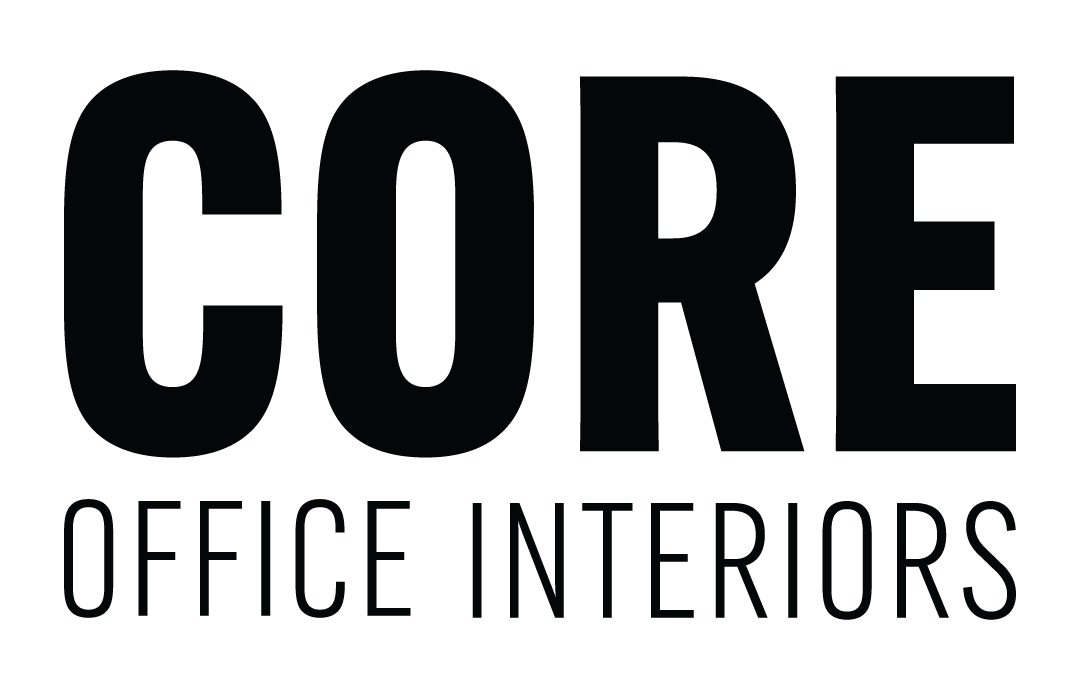Designing for Change
SIX TIPS FOR THE FUTURE OF THE OFFICE
A Renewed Focus on Health & Wellness
Employees must first feel physically safe, psychologically supported, and culturally welcomed to not only come back to the office but to contribute openly and honestly in any team environment – virtual or face-to-face. Holistic considerations of the human experience go beyond logistics and protocols; we must also reconsider employee expectations, needs, and comfort during these unprecedented times.
We consider what workers need to work in a productive way and how to support physical, mental, and emotional health. Our products are designed to fit people – to meet their physical needs (body shape and size) and to meet their expectations about how and where they want to work. Ergonomics is a core design criterion, along with choosing healthy, low-emitting materials. Thoughtfully designed spaces incorporate additional wellness principles such as allowing spaces for community and respite, providing access to healthy air and light, and giving users ways to connect with nature.
Cultural Landscape
The working landscape is drastically different from what we once knew. The evolution of various hybrid models has allowed organizations to re-think spatial norms. For many years, the real estate trend has focused on efficiency, and density over effectiveness, personal comfort, and safety. Now, we must take a more human-centric spatial designation approach. We’re ‘spreading out’ and seeing a movement of decompression which is achievable through distributed and hybrid work models versus adding more real estate.
Choice is Key
Work has always looked different for each company, job, and person. As workplace enthusiasts, we work to ensure our product and design solutions support all types of work, through a wide range of settings, everywhere work happens. Our exploration of the workplace is now happening through a wider lens as we examine the entire ecosystem and how technology integrates cohesively to deliver an equitable experience for both in-office and hybrid workers.
Focus on Social
No longer supporting only ‘social’ engagements and/or ‘collaborative’ work, our expanded portfolio – featuring innovative, human-centric designs – dynamically pushes the boundaries beyond singular use. What may be a small group setting today can easily become individual focus pods tomorrow. The adaptive nature of our collection accommodates intuitive interactions and strengthens social cohesion.
Hospitality Design
The idea of a concierge experience is being elevated by many organizations as they reframe their workplace strategies. Centrally located, hospitality areas add a welcomed warmth and residential feel to the physical office space, these areas exist to foster community and subsequently improve employee wellbeing. Hospitality areas in the workplace also fulfill the need for ‘refuge’ by offering a place for withdrawal from environmental conditions or the main flow of activity.
Flexible Function
Today, a hardworking office encompasses collections of closely knit solo, team, and community spaces across the entire floorplate. Co-located settings can boost workplace culture and inspire creative thinking; organic orientations and enhanced acoustics make a free-flow exchange of ideas possible. Supporting a variety of workflows requires acknowledgment that ‘the office’ is no longer a singular location in our new world of work.







